
Why Clothing Brands Fail
Top Different Types of Shirts for Women and Men Top Different Types of Shirts for
A Hassle Free Solution For Head Coaches Building A Winning Team Culture
As a professional baseball head coach, managing team uniforms is one of the most important yet challenging aspects of the job. While uniforms are essential for building team identity and chemistry on the field, inconsistencies in sizing can undermine performance and cause frustrations all around. In this introduction, we will discuss the critical role proper sizing plays, explore common sizing issues coaches face each season, and explain how sizing mistakes can significantly impact the budget.
Well-fitting uniforms are crucial for optimal player performance. Players who feel constricted or exposed due to ill-fitting jerseys and pants will not be able to move freely and focus solely on the game. Tight sleeves or high hip numbers can interfere with a player’s swing or throwing motion. Meanwhile, uniforms that are too loose pose safety hazards like slipping or tripping. When the whole team looks polished in coordinating uniforms of accurate sizes, it also boosts team morale and esprit de corps. A united team image builds confidence among the players and impresses fans and scouts.

One of the biggest challenges is collecting accurate size measurements from each player. Growing teenagers may fluctuate significantly from season to season, making measurements outdated quickly. Players joining through trades or call-ups also require hasty sizing assessments. Manufacturers use inconsistent sizing charts further complicating matters. Different uniform brands that vary in cut and material styles also complicate finding each athlete’s correct match across jerseys, pants, etc. Such discrepancies often lead to mid-season alterations or bulk re-orders, stressing time and budgets.

The financial impact of uniform sizing mistakes should not be overlooked. Just a few players in incorrect sizes can necessitate re-ordering dozens of new jerseys or pants to outfit the entire team. Such emergency purchases dent equipment budgets significantly. Missed games while awaiting replacements also hurt team performance and fan experience. It is estimated that on average, uniform refits due to sizing mistakes cost minor league teams $5000-$7000 annually. For elite college or professional teams, these costs multiply substantially. Proper sizing diligence upfront can save thousands in the long run.
Men’s vs. Women’s Cuts: The key difference is in the cut of the waist. Men’s jerseys are more straight-fitting while women’s jerseys taper at the waist for a curvier fit. Failing to choose the right cut can lead to gaps, tightness or discomfort.
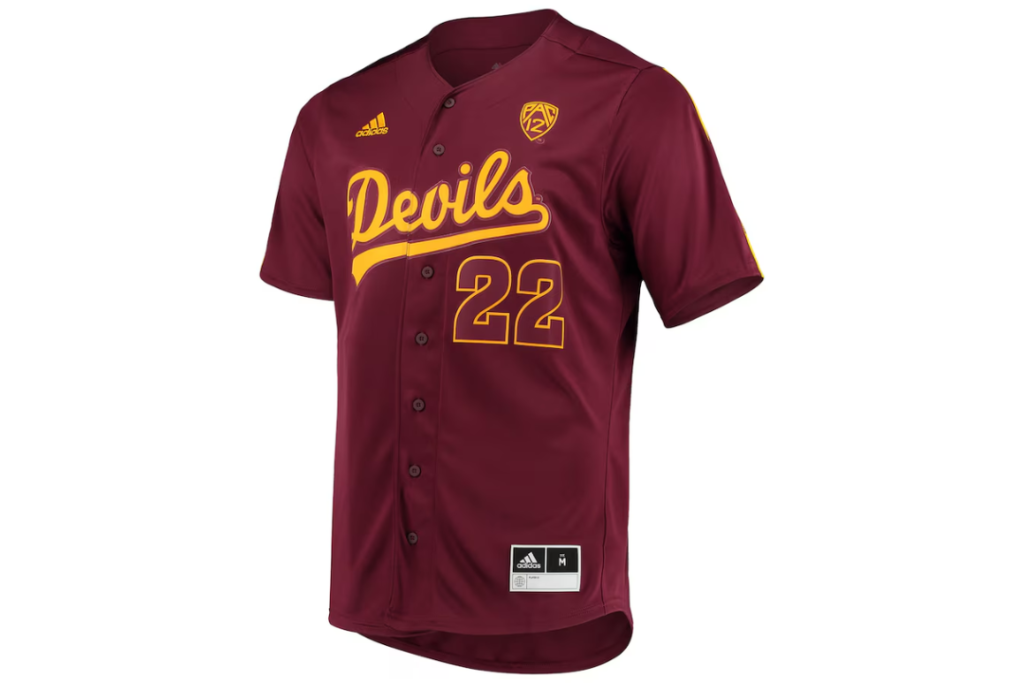
Youth sizes (XXS-XL) run 1-2 sizes smaller than standard adult sizes. Failure to size up youth players appropriately as they develop can inhibit performance as jerseys quickly become too tight. It’s best to measure youth players every 3-6 months to ensure the right fit.
Elastic waist pants fit more loosely than belts, great for growing players. Belted pants may gap on thin players – size down the waist but ensure the hips fit. Stirrup elastic helps keep pants in place during slides.
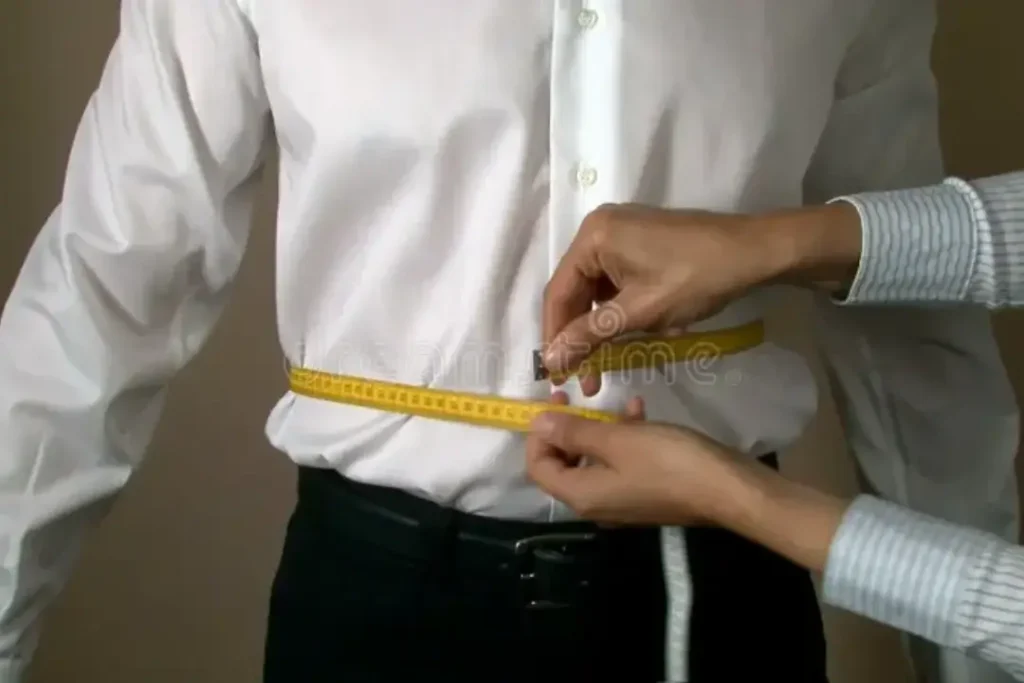
Cap Sizing:Fitted caps should be slightly tighter than adjustable caps to stay on during plays. Ensure hats don’t restrict vision or hearing.
Head Measurement: For a proper fitted cap size, measure around the largest part of the head, usually about an inch above the eyebrows.
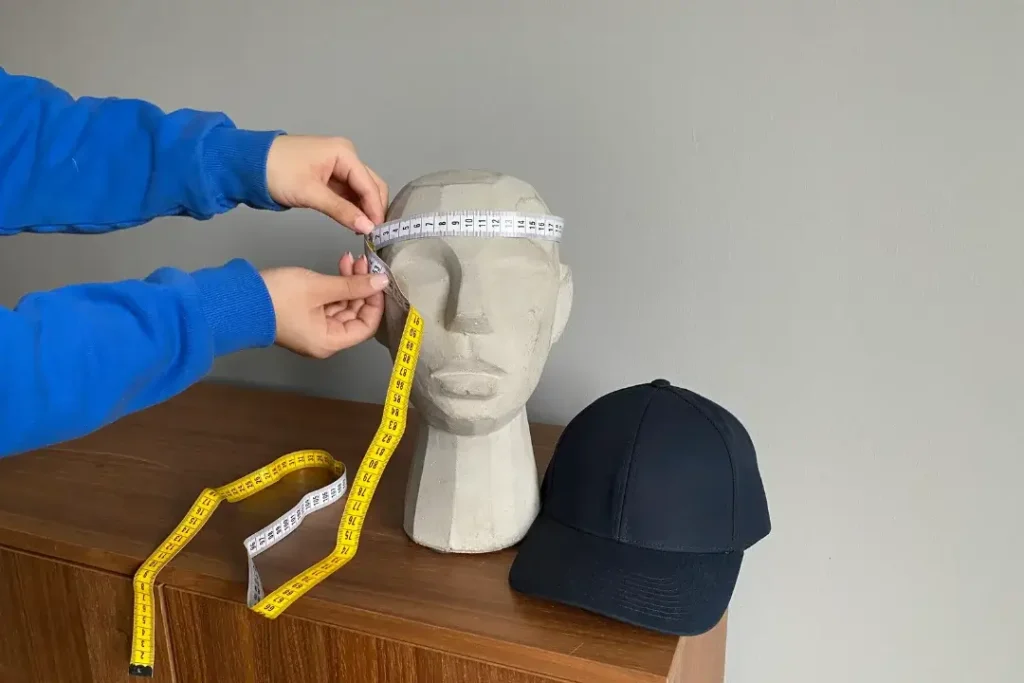
Chest, sleeve length, and body length are essential for proper fit. The chest measurement is taken around the fullest part of the chest/bust. Sleeves should end 1-2 inches above the wrist bone. Body length is measured from the base of the neck down the back. Sizing up if in between measurements is best to allow freedom of movement.
Inseam Length: The inseam heavily influences comfort and mobility for every position. Too short inhibits sliding, too long risks catching during motion. Measure from the crotch seam to the bottom leg. An experienced equipment manager knows the ideal inseam for each player’s style of play.
Many players prefer sliding pads for protection and comfort running bases. Make sure pads don’t bunch or shift with different pant sizes.
A carefully designed chart allows coaches and players to easily ascertain standardized jersey, pant, and hat sizes based on common body measurements.
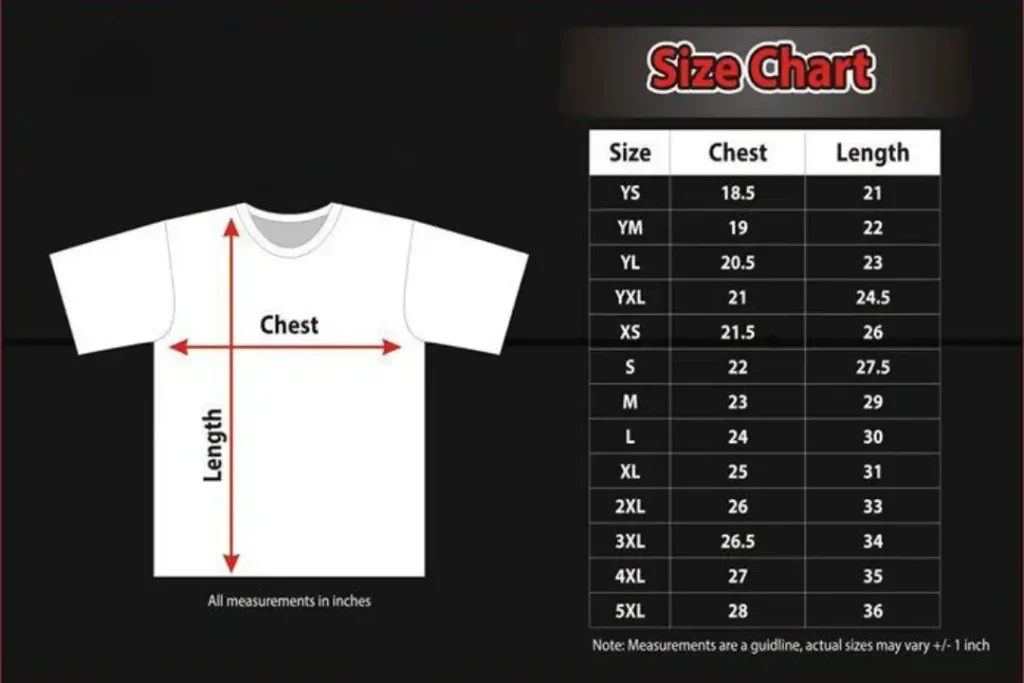
Men | S | M | L | XL | 2XL | 3XL | 4XL |
Chest | 34 – 36 | 38 – 40 | 42 – 44 | 46 – 48 | 50 – 52 | 54 – 56 | 58 – 60 |
Body Length | 31.75 | 32.25 | 32.75 | 33.25 | 33.75 | 34.25 | 34.75 |
Sleeve Length | 16.25 | 17.5 | 18.25 | 19 | 20.5 | 21.75 | 23.5 |
Men | S | M | L | XL | 2XL | 3XL |
Inseam | 32 | 33 | 34 | 35 | 36 | 36 |
Outseam | 42 | 43.50 | 45 | 46.50 | 47.75 | 48 |
Waist Extended | 15 | 17.50 | 19.5 | 21.50 | 23.50 | 25.50 |
Waist Relaxed | 13.50 | 15.25 | 17 | 19 | 21 | 23 |
The chart clearly lists recommended chest, waist, inseam, sleeve length, and hat size ranges for each standard size from XS to XXL. Color coordinating helps differentiate sizes at a glance. Well-sized players using this chart can select appropriate jersey and pant sizes efficiently.
This chart follows the same format as the men’s but highlights that women’s sizes factor bust/chest and waist/hip proportions more than men’s due to different silhouettes.
This chart follows the same format as the men’s but highlights that women’s sizes factor bust/chest and waist/hip proportions more than men’s due to different silhouettes.
Women | S | M | L | XL | 2XL |
Bust | 34.5 – 35.5 | 36.5 – 37.5 | 39 – 40 | 41.5 – 42.5 | 44 – 45 |
Sleeve Length | 16.25 | 17.5 | 18.25 | 19 | 20.5 |
Women | XS | S | M | L | XL | 2XL |
Inseam | 22.50 | 23 | 23.50 | 24 | 24.50 | 25 |
Outseam | 30.50 | 31.50 | 32.50 | 33.50 | 34.50 | 35.50 |
Waist Extended | 15.25 | 16.75 | 18.25 | 19.75 | 21.25 | 22.75 |
Waist Relaxed | 11.25 | 12.75 | 14.25 | 15.75 | 17.25 | 18.75 |
Youth Baseball Uniform Size Chart:
Youth are shown in three age categories to reflect their rapid growth periods:
Boys | S | M | L | XL |
Body Length | 22.75 | 25 | 27.25 | 29.5 |
Chest | 16 | 17.5 | 19 | 20.5 |
Shoulder Width | 14.5 | 16 | 17.5 | 19 |
Sleeve Length | 6.25 | 6.5 | 6.75 | 7 |
Boys | XXS | XS | S | M | L | XL |
Inseam | 20 | 22.50 | 24 | 25.50 | 27 | 28 |
Outseam | 26 | 29 | 31 | 33 | 35 | 37 |
Waist Extended | 10.50 | 11.50 | 13 | 14.75 | 16.50 | 18.50 |
Waist Relaxed | 9 | 10 | 11.50 | 13 | 14.50 | 16 |
Girls | S | M | L | XL |
Body Length | 22.75 | 25 | 27.25 | 29.5 |
Bust | 16 | 17.5 | 19 | 20.5 |
Shoulder Width | 14.5 | 16 | 17.5 | 19 |
Sleeve Length | 6.25 | 6.5 | 6.75 | 7 |
Girls | XXS | XS | S | M | L | XL |
Inseam | 20 | 22.50 | 24 | 25.50 | 27 | 28 |
Outseam | 26 | 29 | 31 | 33 | 35 | 37 |
Waist Extended | 10.50 | 11.50 | 13 | 14.75 | 16.50 | 18.50 |
Waist Relaxed | 9 | 10 | 11.50 | 13 | 14.50 | 16 |
Use the same measuring tape measured to the nearest 1/4 inch for all players. Poor quality tapes can give inaccurate readings. Carry a clipboard and forms to record neatly without errors like scribbles.
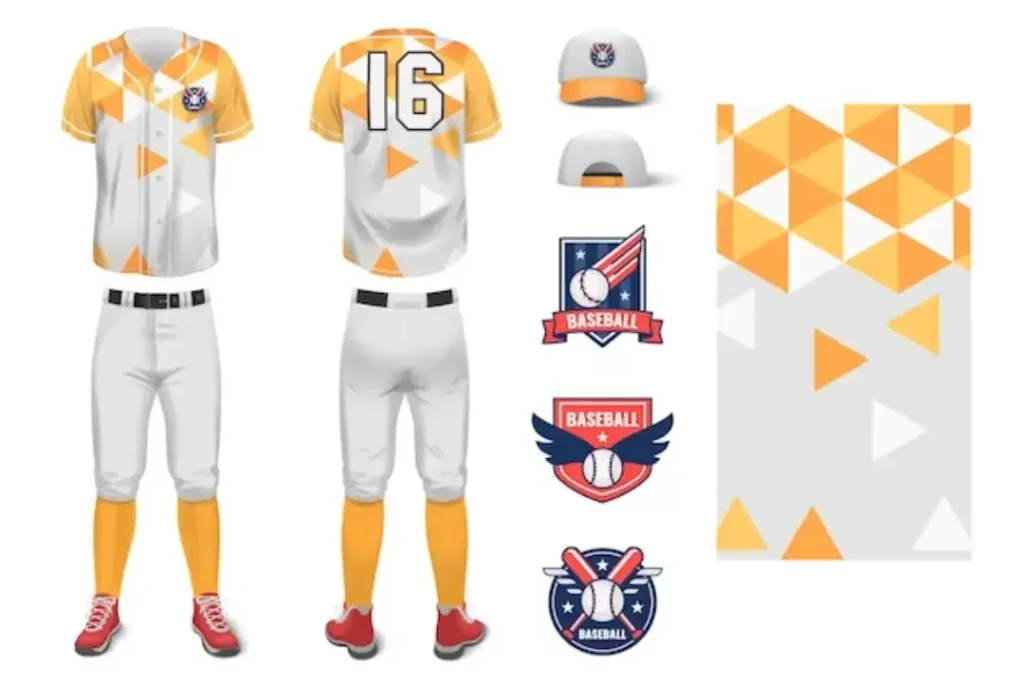
Proper planning and samples minimize costs from refits while optimizing player fit and comfort all season long. Small investments in accuracy pay huge performance dividends.
Leagues may dictate collar/logo size limits. Measure restrictions ensure uniformity. For example, MLB mandates jersey sizes have 6″ minimum back numbers. College/HS leagues often specify logo placement/sizes. Understanding regulations avoids non-compliant designs that require reworks.
Handwash or delicate cold cycle with non-bleach detergent prevents shrinkage/fading extending uniform longevity. Air dry completely to maintain shape. Older jerseys naturally shrink slightly over time – remeasure players wearing previous year uniforms before replacing. Store in mesh/breathable bags to prevent mold/musty odors. Use fabric shaver to remove pilling on high-friction surfaces. Periodically inspect for repairs from normal wear-and-tear like snags under baseball belt buckles. Proper care safeguards optimum fit and presentation of investment uniforms all season.
We’ve covered various considerations in this baseball uniform sizing guide that coaches must address for optimal uniform sizing. Accurate sizes elevate the player experience tremendously. Perfect fits allow unrestricted play without adjustments disrupting focus. Players proud in coordinated teamwear exhibit peak ability showcasing their skills. Coaches empower programs by prioritizing player comfort through diligent sizing strategies. Implement pre-season measurements using a standardized process. Order samples before mass uniforms. Note leg/chest growth areas. Maintain size records for adjustments. Partner with reputable suppliers attentive to your needs. Most of all, prioritize players’ welfare , it directly impacts your success.
It’s recommended to remeasure youth players every 2-3 months during the active seasons. Players at younger ages (under 14) can experience significant growth spurts that necessitate routine re-sizing.
For small fluctuations, take in or let out waists as needed. For major weight changes, it may be necessary to order new pants in the adjusted size. Encourage players to notify coaches promptly of any size changes
Order samples in a range of sizes first to eliminate mistakes. Note measurements with 1-2 inches of growth allowance for youth. Purchase a few spare uniforms in larger youth sizes as a precaution. Proper planning upfront saves money long-term.
A loose fit allows 1-2 inches of additional room all over while maintaining shape. A fitted fit should be form-fitting without constriction, similar to how the uniform looks when you measure the player. Avoid extremely tight or baggy fits that interfere with play
It’s common for different brands to fit slightly variably. Take multiple measurements, order samples, and fit-test players in each brand to determine the appropriate sizing adjustments between lines. Standardizing to a single brand minimizes issues.
Yes, catchers typically require more room in the thighs, hips and rear for squatting movements. Consider taking these measurements in addition to standard ones. Ordering one size up in pants is common. Chest protection under jerseys may also impact sizing.
Turn garments inside out before washing. Use a mesh garment bag for agitation. Air dry completely instead of putting in the dryer. Avoid bleaches and fabric softeners which can damage appliques prematurely. Hand wash delicate logo areas when possible.
The primary differences are accounting for a female bust/chest and hips which tend to be proportionately larger than their waist measurement. Most female uniform cuts are more contoured/tapered accordingly. Be sure to try sample tops and bottoms.
Designate trained measurers and schedule organized fitting sessions. Use consistent techniques demonstrated first. Measure players individually while peers wait. Record meticulously onto forms. Double check any questionable readings. Make the process brief, calm and confidential.
Expert Custom Clothing Manufcaturer

Top Different Types of Shirts for Women and Men Top Different Types of Shirts for

What You Must Know About Clothing Samples? Before You Produce a Single Garment: What You

How Much Does It Cost To Make a Hoodie A Complete Cost Breakdown for Custom

Discover the Types of Buttons Discover the Types of Buttons That Transform Style and Functionality
Most Recent Posts
Expert Custom Clothing Manufcaturer
Join our Mailing list!
Get all latest news, exclusive deals and updates.